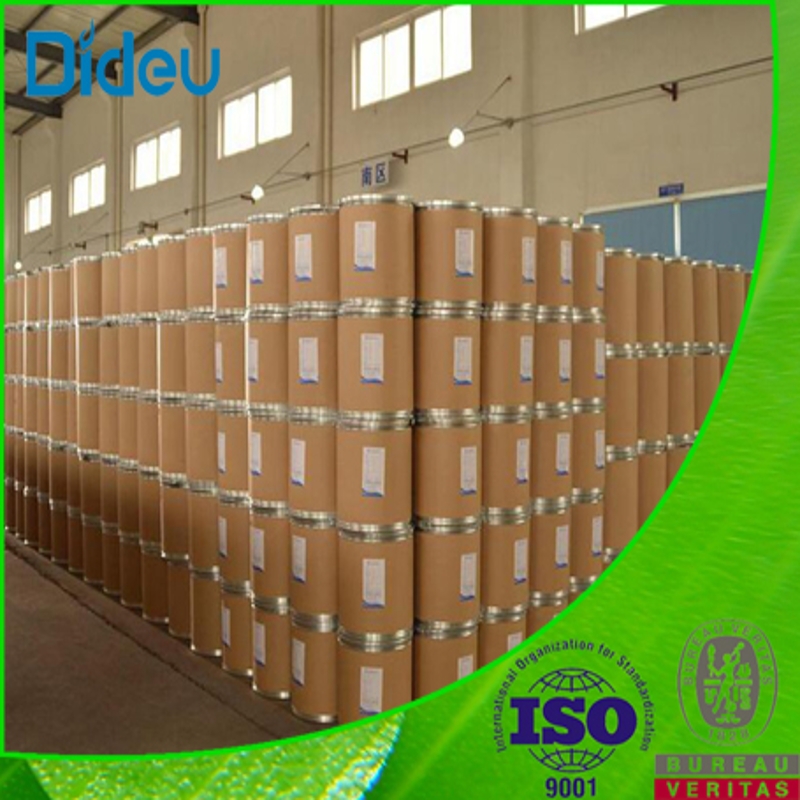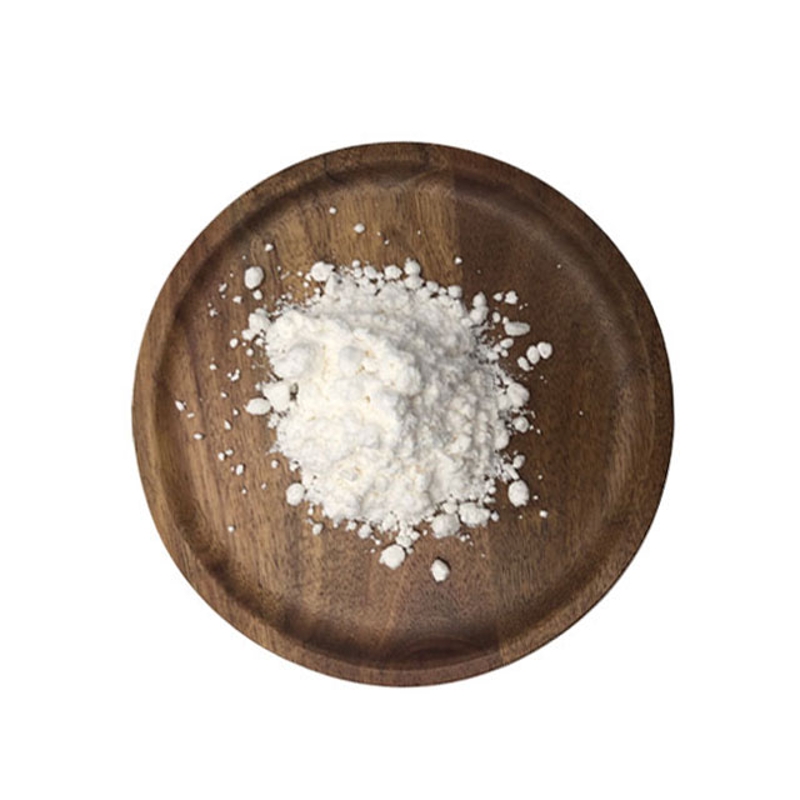-
Categories
-
Pharmaceutical Intermediates
-
Active Pharmaceutical Ingredients
-
Food Additives
- Industrial Coatings
- Agrochemicals
- Dyes and Pigments
- Surfactant
- Flavors and Fragrances
- Chemical Reagents
- Catalyst and Auxiliary
- Natural Products
- Inorganic Chemistry
-
Organic Chemistry
-
Biochemical Engineering
- Analytical Chemistry
-
Cosmetic Ingredient
- Water Treatment Chemical
-
Pharmaceutical Intermediates
Promotion
ECHEMI Mall
Wholesale
Weekly Price
Exhibition
News
-
Trade Service
Neutrophils are essential members of the immune cell family that respond to infectious agents and tissue damage, accounting for 50-70% and 10-25%
of circulating leukocytes in humans and mice, respectively.
Neutrophils originate from myelocyte monocyte progenitor cells (GMPs) and are released into the bloodstream
by mature cells characterized by lobulated nuclei.
They are short-lived immune cells, with the half-life of circulating neutrophils about 7h in humans and 8-10h
in mice.
Neutrophils can infiltrate tumors, participating in tumor progression
with their phenotypic and functional plasticity.
TANs with a pro-tumor phenotype are involved in all stages of tumor progression, including tumor initiation, metastasis, and immunosuppression
.
In most cases, high levels of neutrophil invasion in solid tumors mean poor
clinical outcomes for patients.
For example, the high and high neutrophil-to-lymphocyte ratio (NLR) in peripheral blood is associated with low survival rates for various solid tumors, especially in
advanced cancers.
However, growing evidence also points to the fact that TANs can impair cancer development
by directly killing tumor cells or activating innate or adaptive immunity.
Therefore, TANs have plasticity
in the progenic and antitumor functions of TME.
Neutrophils and tumors
The tumor microenvironment (TME) consists of native immune cells (such as neutrophils, macrophages, dendritic cells (DCs), myeloid suppressor cells (MDSCs), and natural killer (NK) cells), adaptive cells (composed of
T cells and B cells), stromal cells (including fibroblasts, mesenchymal stromal cells (MSCs), pericytes), and extracellular matrix (ECM).
。 While the role of macrophages as key drivers of cancer-associated inflammation has long been noted, emerging evidence from preclinical and clinical studies suggests that neutrophils also contribute to cancer-associated inflammatory responses
.
Similarly, TANs perform dual functions in TME due to their diversity and plasticity, such as anti-tumor phenotypic TANs (TAN1) and pro-tumor phenotypic TANs (TAN2).
Antitumor effect of neutrophils
Neutrophils exert anticancer effects through different mechanisms, including induction of antibody-dependent cytotoxicity (ADCC), direct cytotoxicity, and activation of anti-tumor adaptive immunity, including ADCC effect, direct cytostatic and/or cytotoxic effects, activation of antitumor innate and acquired immunity, etc
.
Figure 1.
Neutrophil-mediated anti-tumor mechanism of action
Tumor pro-potential of neutrophils
1.
Tumorigenesis
Inflammation is closely related
to tumorigenesis.
Neutrophils are one of the
main immune cells involved in inflammation-related tumorigenesis and tumorigenesis.
Neutrophils represent a crucial link
between inflammation and tumorigenesis.
Genetic instability caused by neutrophils is associated
with an increased risk of cancer.
Genotoxic substances, such as reactive oxygen species and nitrogen, tend to affect the mutagenicity of tumor-infiltrating cells and cause genetic abnormalities
.
Interactions between tumors and neutrophils may also influence tumorigenesis
.
In mouse models, liver cancer-derived growth factor (HDGF) promotes HP-induced neutrophil infiltration through the inflammatory TNF-α/cyclooxygenase-2 (COX-2) cascade, inducing gastritis and carcinogenesis
.
Fig.
2.
Mechanism of pro-tumor action of TANs associated with different tumor stages
2.
Tumor growth
Neutrophils support tumor growth
through a variety of mechanisms.
In human and mouse lung adenocarcinoma, NE has been found to promote tumor cell proliferation and tumor invasion
.
NE can enter the endosomal compartments of tumor cells, degrading the insulin receptor substrate-1 (IRS-1) in favor of the interaction
between phosphatidylinositol 3-kinase (PI3K) and potent mitoplasma-derived platelet-derived growth factor receptor (PDGFR).
Neutrophils interact with immune cells and other mediators to participate in tumor progression
.
The epithelial cytokine IL-17C recruits neutrophils into inflammatory tissues and enhances lung tumor growth
.
3.
Tumor metastasis
Neutrophils are involved in tumor metastasis
by enhancing cancer cell migration, invasion, colonization, and degradation of the ECM.
Neutrophil-derived leukotrienes may help cancer cells migrate to distant locations
.
In addition, targeted inhibition of leukotriene-producing enzyme arachidonic acid 5-lipoxygenase (Alox5) limits metastatic progression
in mouse models of breast cancer.
At the same time, neutrophils were found to support cancer metastasis
as carriers and nutrient sources.
4.
Tumor angiogenesis
Angiogenesis is one of the hallmarks of cancer, which can reflect how malignant the tumor is
.
Changes in vascular status in tumors are regulated
by interactions between tumor cells and cytokines or other cells in TME.
Neutrophils have been shown to be vital mediators
of angiogenesis at tumor sites.
5.
NETs
TAN-released NETs are involved in tumor progression
by performing a dual function.
As another component of NETs, cathepsin G secreted by TANs can induce the aggregation of MCF-7 cells to form multicellular spheroids, thereby promoting tumor metastasis
.
Figure 3.
TANs-associated pro-tumor mechanism of action
MDSCs-induced immunosuppressive effect
The main feature of MDSCs is immunosuppression
.
On the other hand, the local environment within the tumor may contribute to the expansion and accumulation
of MDSCs in the tumor.
Neutrophil-targeted tumor therapy mechanism
Mechanism (I): Blocks the immune checkpoint of neutrophil (PD1)/PD-L1
Targeting PD1/PDL1 is an effective immunotherapy for a variety of cancers, and it can also be used as an effective strategy
for targeting TAN.
Studies have shown that soluble factors secreted by TMEs, such as IFN-γ, TNF-α and GM-CSF, may induce the expression of PD-L1
by TANs through multiple pathways such as Janus kinase (JAK)-signal transduction and transcriptional activator 3 (STAT3) signaling pathway and IL6/STAT3 pathway.
On the one hand, PD-L1+ TANs normally negatively regulate T cells, inhibit the immune function of T cells, and accelerate tumor progression
.
On the other hand, lolatinib inhibition of TANs was found to improve the therapeutic effect
of anti-PD-L1 inhibitors.
These studies suggest that targeting TANs is a possible strategy
to prevent tumor immune evasion.
Table 1.
Clinical trials based on neutrophil-targeted cancer therapies
Mechanism (II): Inhibits the recruitment, expansion and polarization of neutrophils in tumors
1.
CXCR2 and CXCR4
The chemokine receptors CXCR1 and CXCR2 are expressed
on neutrophils and g-MDSCs.
Blocking CXCLs/CXCR2 signaling has been recognized as a powerful strategy
for neutrophil-targeted cancer therapy.
Studies have shown that neutrophils are involved in inflammation-induced lung cancer progression through the IL-8/CXCR2 pathway and NE, which can be inhibited by selective inhibition
of CXCR2.
It has recently been confirmed that tumor-associated aging neutrophils (Naged, CXCR4hiCD62Llo) can promote breast cancer lung metastasis
through mitochondria-dependent NETs.
Targeting Naged with CXCR4 agonists may also provide a promising strategy
for preventing lung metastasis in breast cancer.
2.
Targets other typical cytokines in cancer
Cytokines such as G-CSF, VEGF, and TGF-β are classic targets for cancer therapy development
.
G-CSF and its receptor G-CSFR are abnormally expressed
in different human tumors such as gastric, colon, ovarian and breast cancers.
TGF-β in TME can convert TANs into a pro-tumor TAN2 phenotype, and inhibition of TGF-β signaling can induce an anti-tumor TAN1 phenotype
.
Neutralization of TGF-β will lead to increased neutrophil-chemokine production, leading to recruitment and activation of neutrophil antitumor subsets
.
Clinical research on tumor therapy targeting TANs-related pathways
To date, there are several preclinical and clinical studies evaluating the efficacy and safety
of neutrophil-targeted or related cancer therapies.
Tumor therapeutic effects
that inhibit neutrophil recruitment, expansion, and polarization have been evaluated.
Table 2.
Preclinical studies of ICBs and drugs in combination with neutrophil-responsive drugs
1.
Blocking CXCR2 reduces neutrophil recruitment
CXCR2 is the main chemokine receptor for neutrophils, guiding integrin activation and neutrophil recruitment
.
A promising approach to targeting pro-tumor neutrophils is to inhibit their activation or recruitment in TME
.
Moreover, CXCR2 antagonists can be considered for cancer treatment due to the unique advantages of CXCR2 antagonists
in the treatment of inflammatory and autoimmune diseases.
A Phase 2 study showed that Navarixin, a CXCR2 receptor antagonist, significantly reduced the absolute neutrophil count and improved lung function
in patients with COPD.
SCH527123, a selective CXCR2 antagonist, has been reported to inhibit ozone-induced neutrophilia
in healthy subjects.
Moreover, NCT03161431 is an ongoing clinical trial to determine whether the newly discovered drug SX-682, a CXCR2 inhibitor, can block cancer recruitment for immunosuppressive MDSCs
.
2.
Prophylactic G-CSF treatment reduces chemotherapy-induced neutropenia
Prophylactic C-GSF therapy has been shown to reduce the risk of severe neutropenia in chemotherapy patients and increase the relative dose intensity
of chemotherapy.
Many clinical trials have evaluated filgrastim or its mimics in combination with myelosuppressive chemotherapy in patients with different cancers, including breast cancer (NCT00035594, NCT03252431), CRC (NCT00094809, NCT00541125) and NSCLC (NCT02005458, NCT01840579).
conclusion
Neutrophils can eliminate tumor cells
through indirect or direct cytotoxicity.
At the same time, an adaptive immune response based on neutrophil activation can enhance the tumicidal ability
of CD8+ T cells.
Nevertheless, neutrophils in tumors are often characterized by
phenotypic and functional plasticity.
Recent studies have revealed the mechanisms
by which neutrophils promote tumor progression in tumorigenesis, tumor growth, metastasis, angiogenesis, tumor-associated thrombosis, and immunosuppression.
Based on recent preclinical and clinical data, combining existing effective anti-cancer therapies with neutrophil-targeted therapies may be a promising strategy
for more effective and safe treatment of cancer.
Que H, Fu Q, Lan T, Tian X, Wei X.
Tumor-associated neutrophils and neutrophil-targeted cancer therapies.
Biochim Biophys Acta Rev Cancer.
2022 Jul 16; 1877(5):188762.
doi: 10.
1016/j.
bbcan.
2022.
188762.
Epub ahead of print.
PMID: 35853517.







